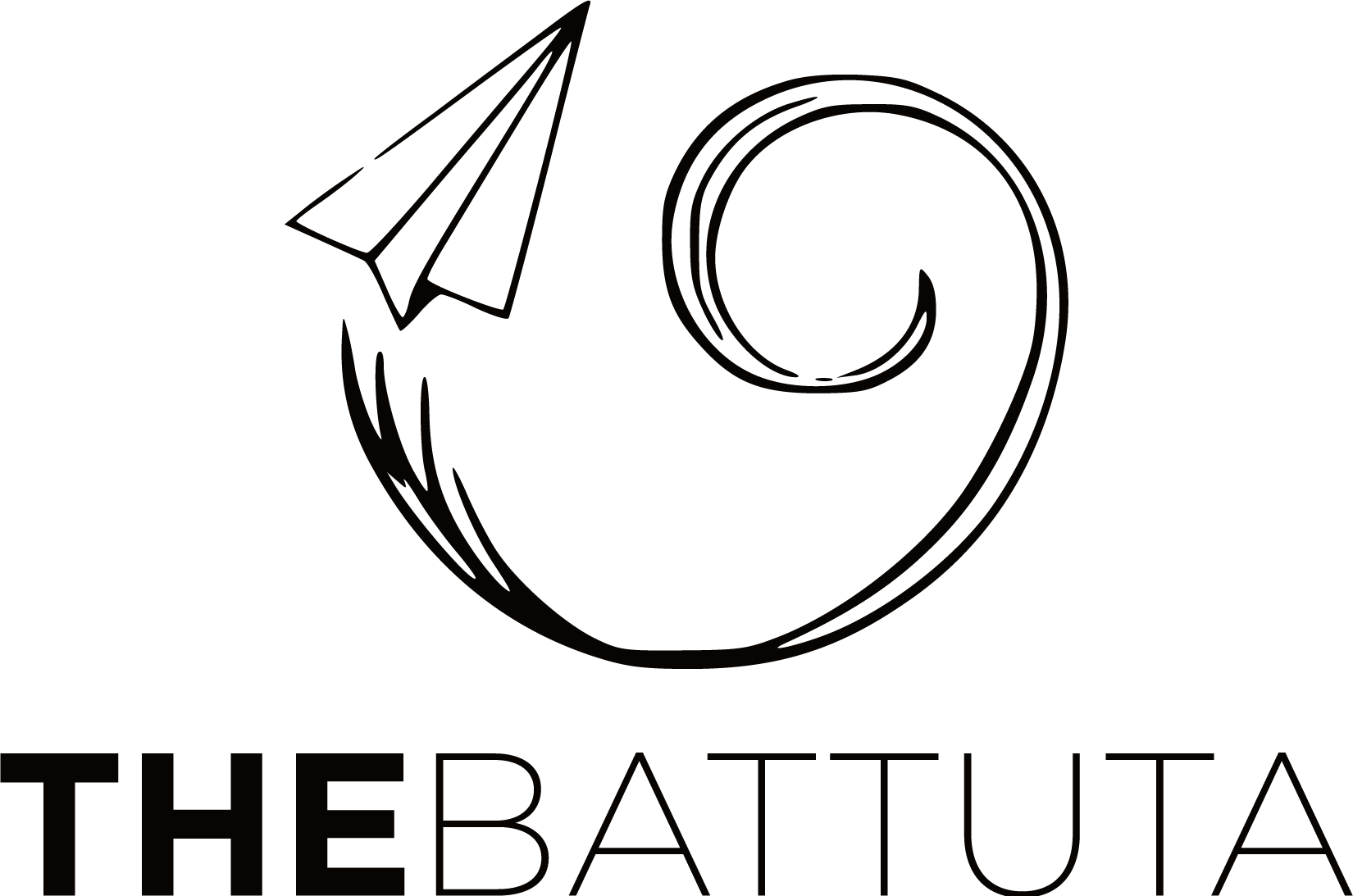Tribes Living in the Amazon Jungle
There are more than a hundred recorded tribes living as a primitive society far from civilization in the Amazon jungle. Some of them were seen by chance, some of them were researched, some of them made the transition to modern life… Some of them came to the point of extinction. As civilized people! To the primitive tribes living in the Amazon forests, as if it wasn’t enough that we cut down, reap, and destroy! Unfortunately, we do not take a very peaceful attitude towards it. No matter how many bans and protections the governments impose, there are illegal farmers and miners working in these forests. While these illegal workers are cutting down forests, they are also waging war on the natives and posing a serious threat to them. In recent years, many of the indigenous people living in the Amazon jungle have been killed by these illegal workers. In addition, Amazon natives, whose bodies are not accustomed to the viruses of the outside world, can die by catching even simple diseases from the people they come into contact with.
In secluded places on Earth, there are still uncontacted and undiscovered communities. As long as modern humans do not touch it, they will continue to exist. The occupation and deaths, which started with the discovery of this continent by Europe, unfortunately continue in the 21st century. It is said that the Amazon forests are used as a base for the drug trade, with secret camps, workshops, sales offices and even small airports.
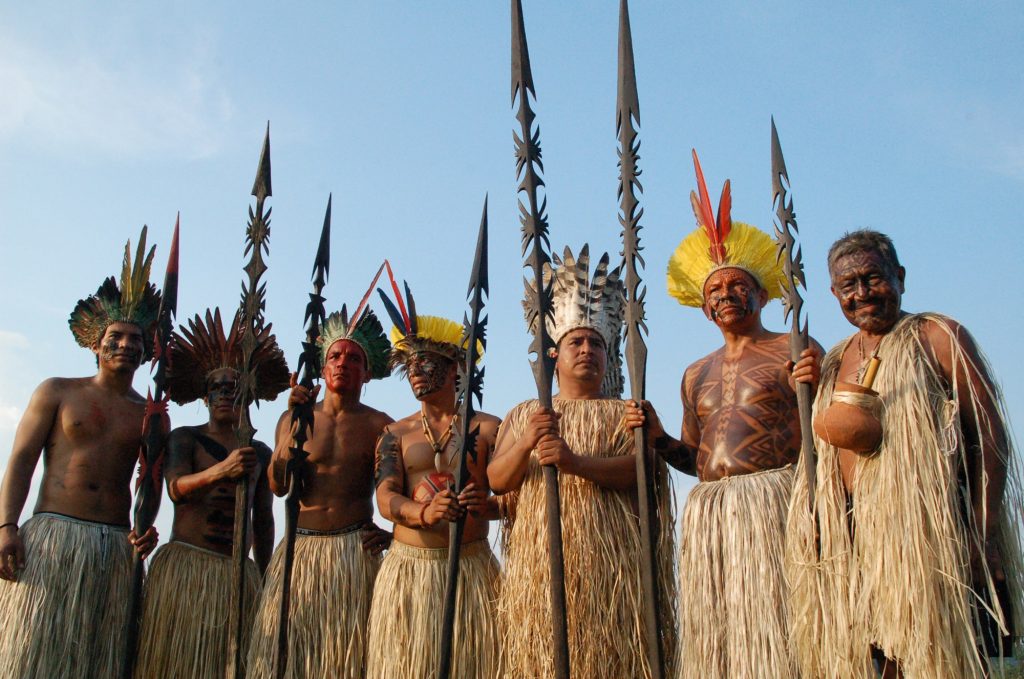
Primitive Societies Living in the Amazon Jungle There is an organization established in 1967 to protect the rights and culture of the indigenous people living in Brazil; FUNAI (Fundação Nacional do Índio). There are more than a hundred communities registered by this organization that conducts, examines and preserves the most comprehensive studies on South American Indians. Some of them have completely disappeared. They are struggling to avoid contact with those still living and not disrupting their living order. Despite this, there are many primitive tribes in the Amazon jungle that were videotaped, photographed, contacted and even famous.
Yanomami (Yanomamo) Tribe
One of the most primitive tribes in the world, living in the Orinoco river basin, where Venezuela and Brazil meet. A group of about 35,000 indigenous people living in around 200-250 villages in total. But their numbers are dwindling. The reason is that they are at warwith groups of illegal miners and farmers who are looking for gold in the same area as them. Although the governments of Brazil and Venezuela work to protect the Yanomami and ban them from entering the area, the miners and farmers who break this ban over time continue to pose a threat to the Yanomami tribe. Today, their numbers are in danger of extinction.
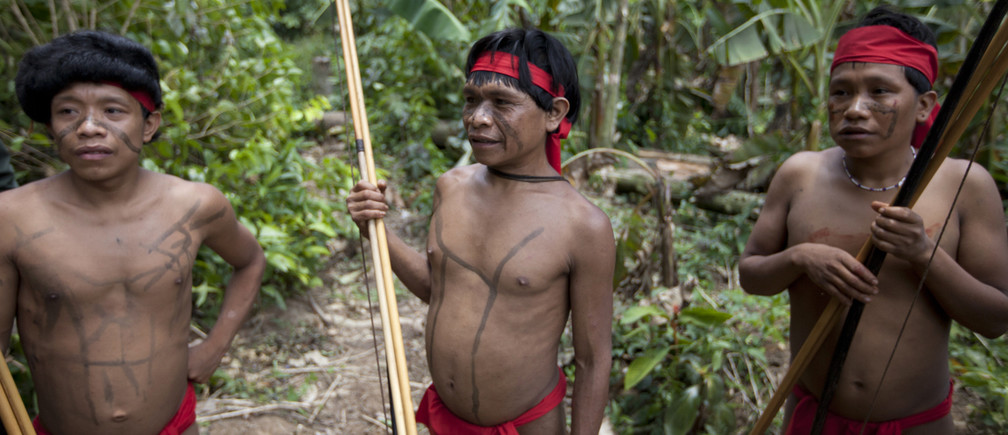
The Yanomami people, who are very prone to violence, hurt themselves and their family members hurtfully, but their aggression was of sacred value to them. Most of their bodies are bruised, regardless of whether they are male or female. There is a constant state of conflict and war between the villages. The Yanomami (Yanomamö) tribe wrap their deceased tribe members in leaves and leave them in the forest. After the flesh of the body rots and is eaten by insects, they burn the remaining bones and eat them by adding them to their banana soup. Thus, they believe that it keeps the spirit of the deceased alive. The Yanomami tribe live in traditional, round-shaped structures called shabono. Its view from the top resembles a stadium. Shabono houses, which are built using plants and tree roots, are made in large or small sizes according to the number of people living in that family. Houses destroyed over time are rebuilt every 5-6 years according to the number of family members.
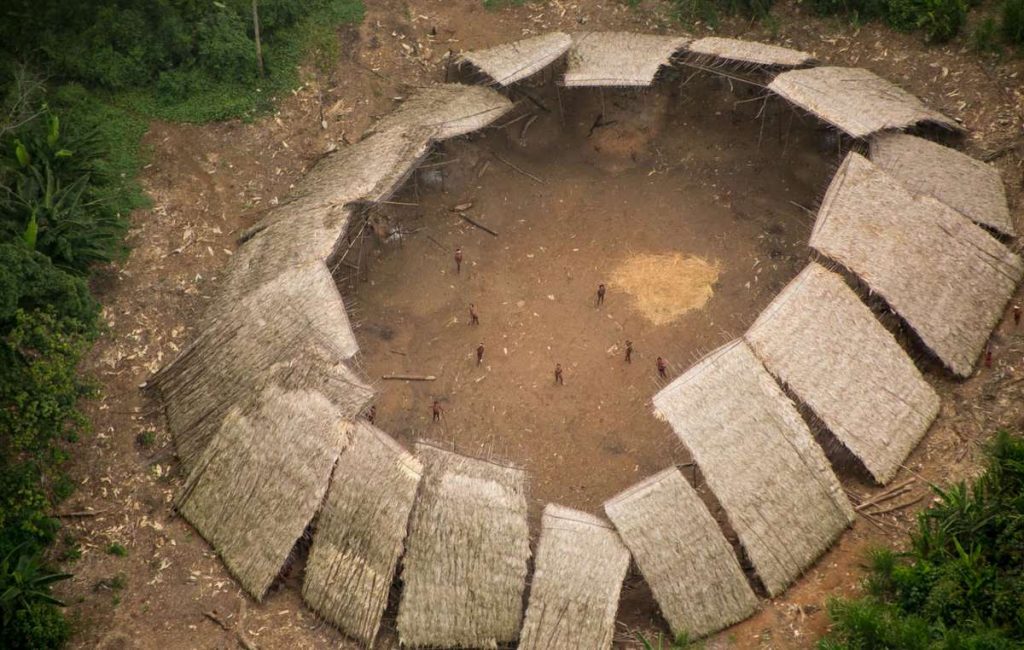
Awa Tribe
Another tribe that is in danger of extinction in the depths of the Amazon is the Awa tribe. Today, only a few hundred people remain from the Awalar, whose numbers were tens of thousands in the Brazilian state of Maranhao 500 years ago. In the 1800s, tens of thousands of locals died in the uprisings against European rulers and diseases from outside. The Awa tribe started to live as nomads after those days. Today, the latest numbers of attacks by illegal farmers and miners in the Amazon continue to dwindle.
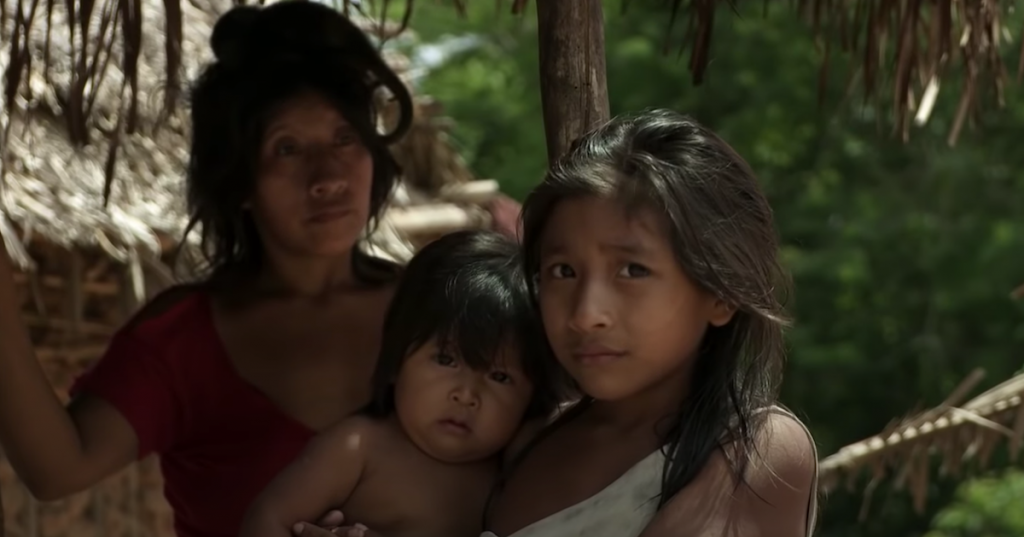
The Awa tribe is so in harmony with nature and animals, the women of the Awa Indians nurse and raise baby monkeys and squirrels just like a baby. Few people get a chance to see the indigenous tribe of the Awa, who live in the Amazon jungle, as their numbers are dwindling and they live in isolation from the outside world. One of these lucky people was a photographer named Domenico Pugliese. Domenico Pugliese had the opportunity to meet and communicate with the Awa tribe and take pictures. He said that for the Awas, family is one of the most important things in life. They even see animals as members of the family.
Piraha Tribe
Anthropologist Daniel Everett uses the term “The Happiest People in the World” for the Piraha tribe, on which he has been researching and living with for many years since 1977. The Piraha tribe, living in the Amazon forests, is 400 km from the Brazilian city of Porto Velho is at a distance. Even if you want to go here from the nearest town, this means a 4-day boat ride. Everett, who lived with this tribe for 8 years, was most amazed by their free-living style.
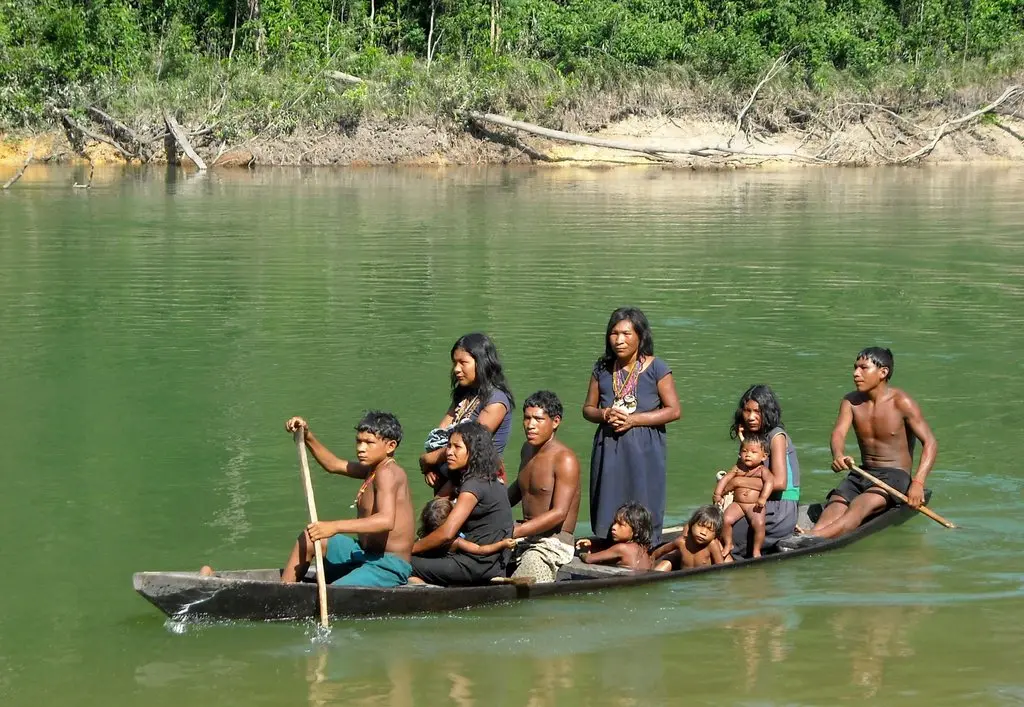
- There is no hierarchy among the Piraha tribe. No one is superior to each other.
- They only work enough to meet their essential needs. They do not harm any animal except the animals they hunt. (I wonder what we are if they are primitive!)
- They divide the food equally among everyone.
- The biggest feature is that the Piraha tribe has no alphabet, no numbers. They don’t have a language that can be written down. They make various sounds, whistle, imitate animal sounds. So much so that they are now able to get along with some animals.
- They do not use the concepts of past and future. For them, time is just the words ‘now’ or ‘not now’.
Mashco Pyro Tribe
The Mashco Piro tribe, who live in the Amazon forests of Peru in complete isolation from the outside world, is one of the primitive tribes that lived and was photographed in the Amazon forests.
The Mashco Piro tribe, which has been almost invisible to the outside world for many years, has started to appear frequently in the upper part of the Madre de Dios River since 2012. According to the authorities, the circle has narrowed for the regions where the tribes live due to reasons such as illegal farming in the Amazon forests, oil and natural gas works, drug dealing, and large fires. Inevitably, contacts began to be established between the indigenous people and these communities. The Mashco Piro tribe is in constant friction and conflict with the villagers on the opposite bank of the Madre de Dios River. Brazilian and Peruvian governments normally have “no contact” policies against such indigenous tribes, but Jose Carlos Meirelles, who has been working to protect the indigenous in this region for more than 40 years, said: “These people will come to the fore sooner or later, they will be contacted one by one in the next 10 years. I think,” he says.
